Step by Step Haitian Joumou Soup Preparation
10 min read Learn how to prepare authentic Haitian Joumou Soup with a detailed, step-by-step guide to savor a cultural culinary heritage. September 05, 2025 21:05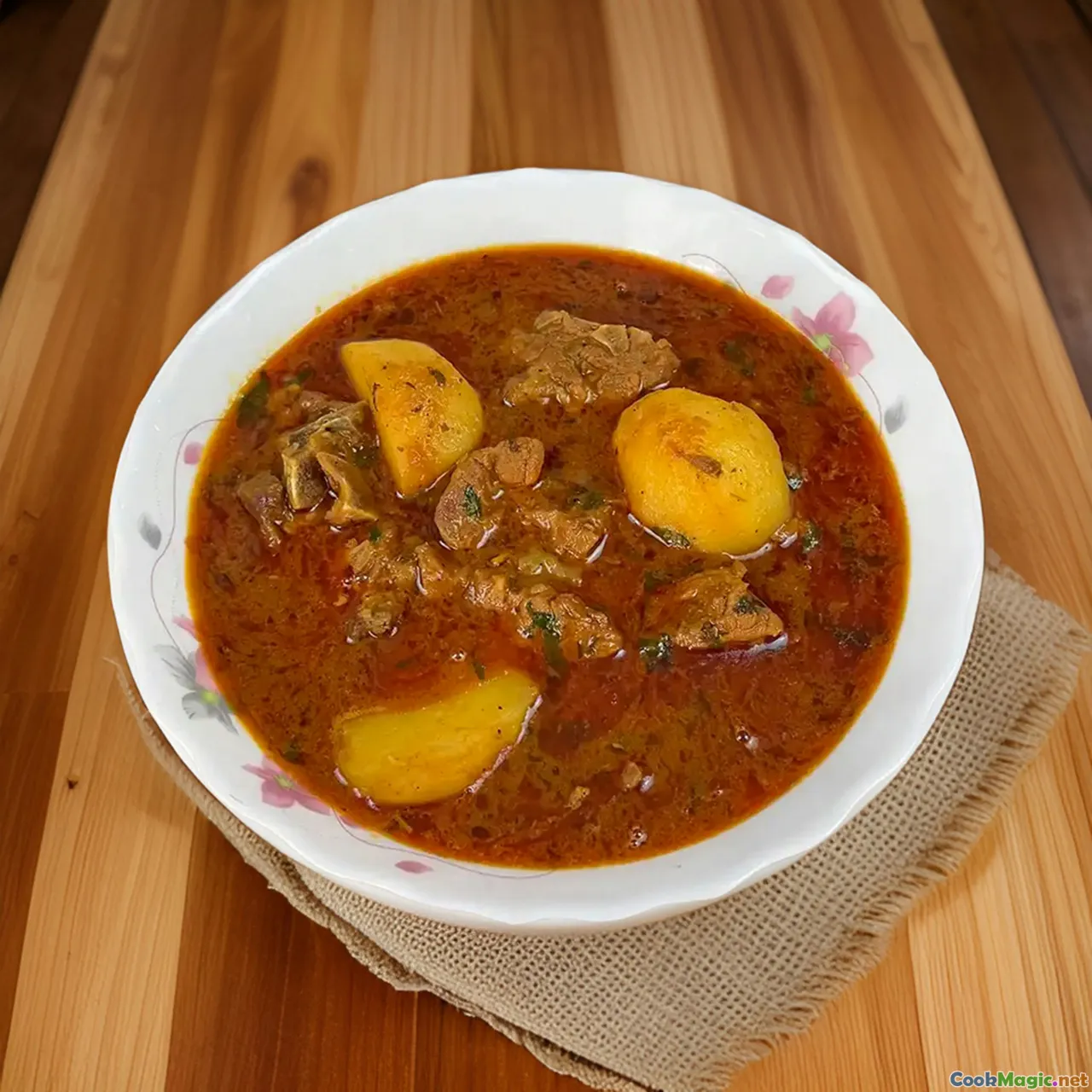
Step by Step Haitian Joumou Soup Preparation
The rich aroma of Haitian Joumou soup has an almost mystical power—evoking a swirl of history, resilience, and vibrant culture with each simmering pot. As a culinary tradition passed down through generations, this soup is more than just a dish; it’s a celebration of independence, perseverance, and the vibrant spirit of Haiti. Preparing Joumou from scratch is an art that captures the soul of Haitian cuisine, offering a sensory journey into a rich tapestry of flavors, textures, and stories.
In this guide, I will walk you through every step of creating an authentic Haitian Joumou soup—a dish that symbolizes liberation, sweetness, spice, and joy. Whether you're a seasoned chef or a curious home cook, this recipe invites you to immerse yourself in Haitian culinary heritage, stirring flavors that have stood the test of time.
Understanding the Cultural Significance of Joumou Soup

Joumou soup is more than a hearty, spicy stew; it is a symbol of freedom and resilience. Historically, during Haiti's brutal colonial days, enslaved Haitians were forbidden to consume this luxurious, symbolically significant dish because it was reserved for French colonists. When Haiti gained independence on January 1, 1804, Haitians celebrated with a communal bowl of Joumou—a gesture reclaiming their dignity and victory.
To this day, Haitians honor this tradition every January 1st, making the preparation of Joumou a festive act that unites families and communities. Its visual appeal—bright orange broth, tender vegetables, and succulent beef—mirrors the lively spirit of Haitian culture. This soup encapsulates resilience with every spoonful, reminding us of the struggles overcome and the joy of liberation.
Selecting the Best Ingredients
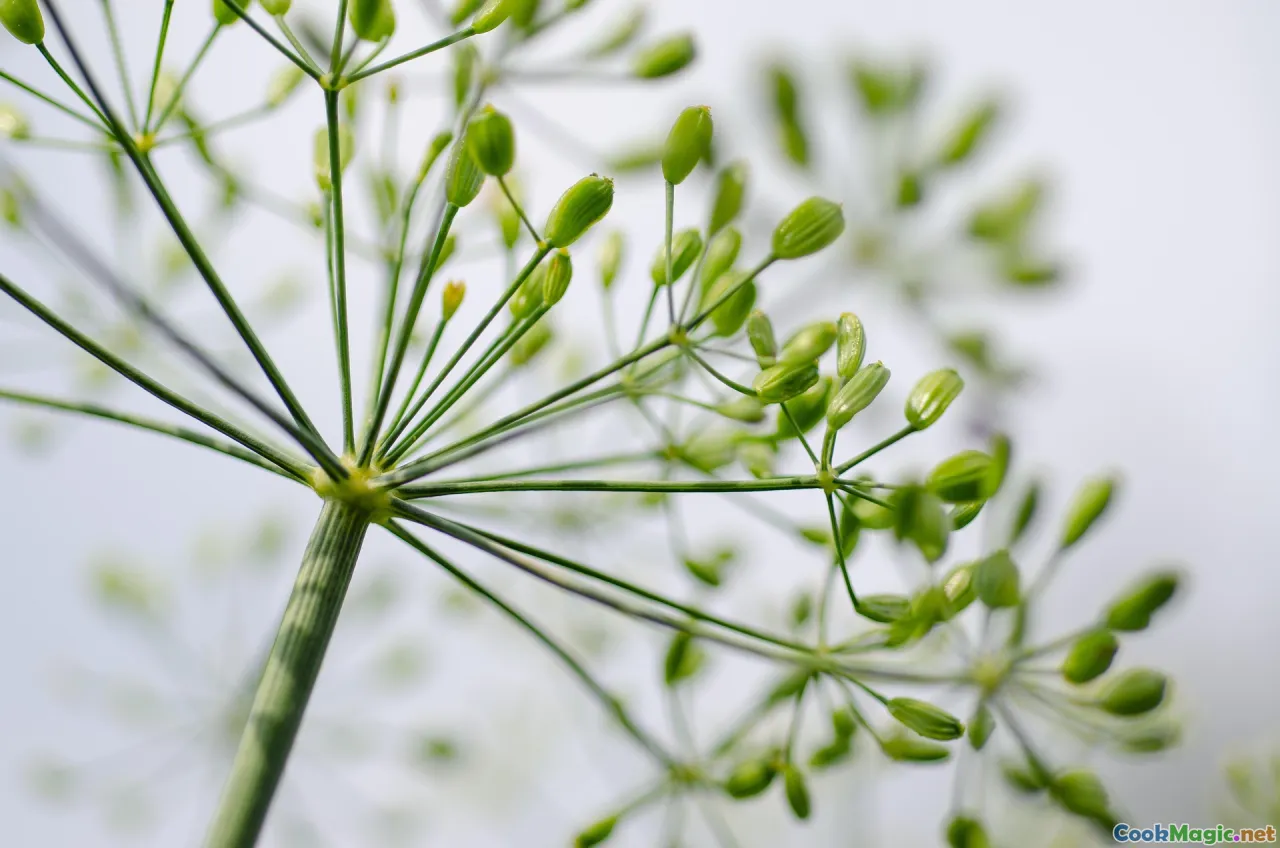
Authentic Joumou begins with choosing the right ingredients. Freshness is critical—the flavor of each component influences the final symphony of taste.
Meat Selection
Look for beef shank, short ribs, or brisket, ideally with marrow bones for richness. The bones contribute gelatin, creating a thick, luscious broth. Some recipes incorporate salted beef or ham hocks for added depth.
Vegetables
Traditional staffing includes pumpkin or calabaza (rich in natural sweetness), potatoes, carrots, cabbage, and green beans. Fresh, vibrant vegetables will release their sugars and flavors during simmering, imparting a naturally sweet undertone.
Spices and Aromatics
Haitian seasoning is a vibrant mélange—garlic, ginger, scotch bonnet peppers (for heat), thyme, allspice (qanaldon), and sometimes cloves. For authentic flavor, avoid skimping on these essentials.
Broth Base
Use beef or vegetable broth, preferably homemade or high-quality store-bought, seasoned lightly to let the flavors of the herbs and spices shine.
Preparing the Meat and Broth
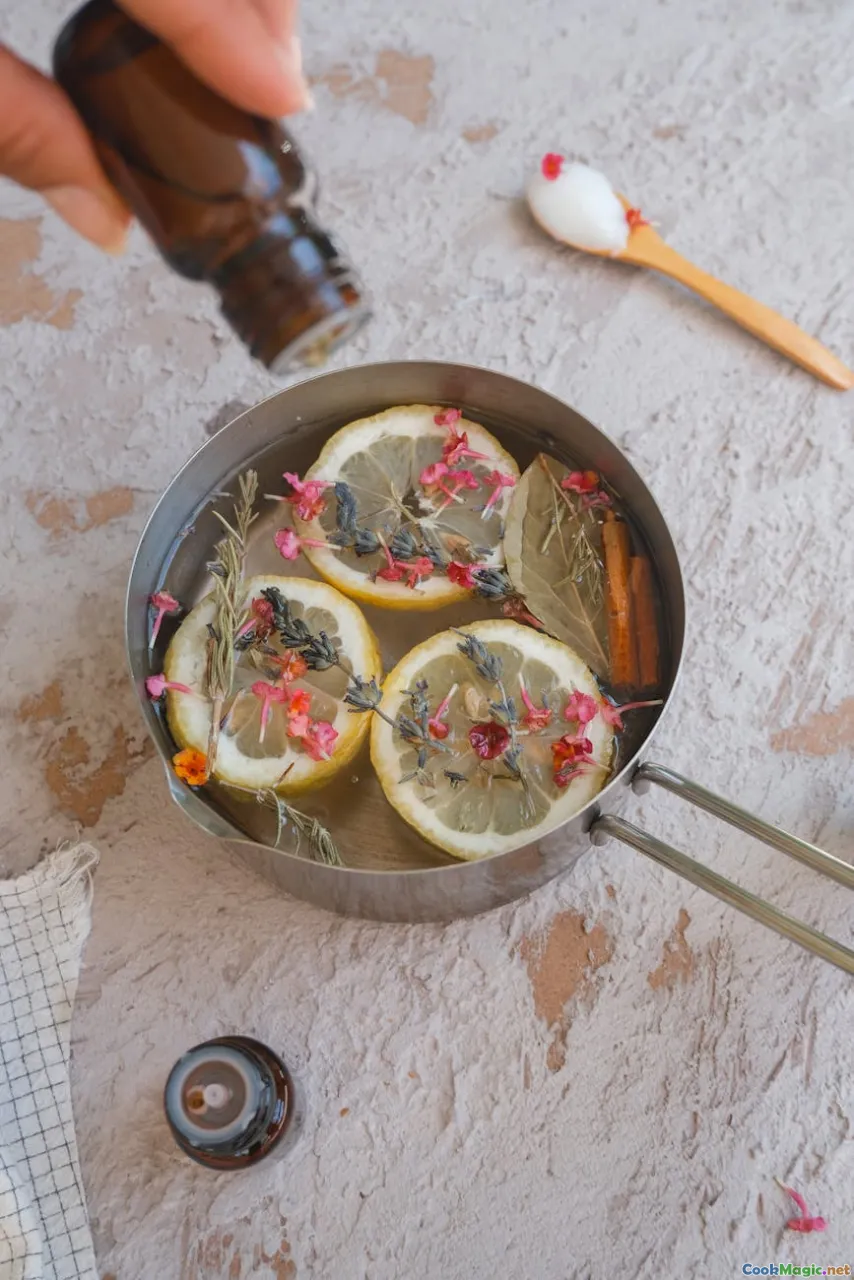
The foundation of Joumou is its robust, flavorful broth. Starting with quality meat and proper preparation ensures depth of flavor.
- Clean and Blanch Meat: Rinse beef cuts under cold water. To eliminate impurities, place them in boiling water for about 10 minutes, then drain.
- Sauté Aromatics: In a large pot, heat a tablespoon of oil. Add chopped onions, garlic, and ginger—sauté until fragrant, golden, and fragrant.
- Brown the Meat: Add the pre-cooked beef to the pot, browning it slightly to develop more flavor.
- Deglaze and Simmer: Pour in water or broth, scraping up any browned bits. Add the herbs—thyme, allspice, scotch bonnet peppers—and season lightly with salt.
- Cook Low and Slow: Cover and let it simmer gently for 1.5 to 2 hours, until the meat is tender and falls off the bone.
This slow simmering process releases gelatin, marrow, and the spices’ aromatics, transforming the broth into a fragrant, soulful elixir.
Incorporating Vegetables and Pumpkin
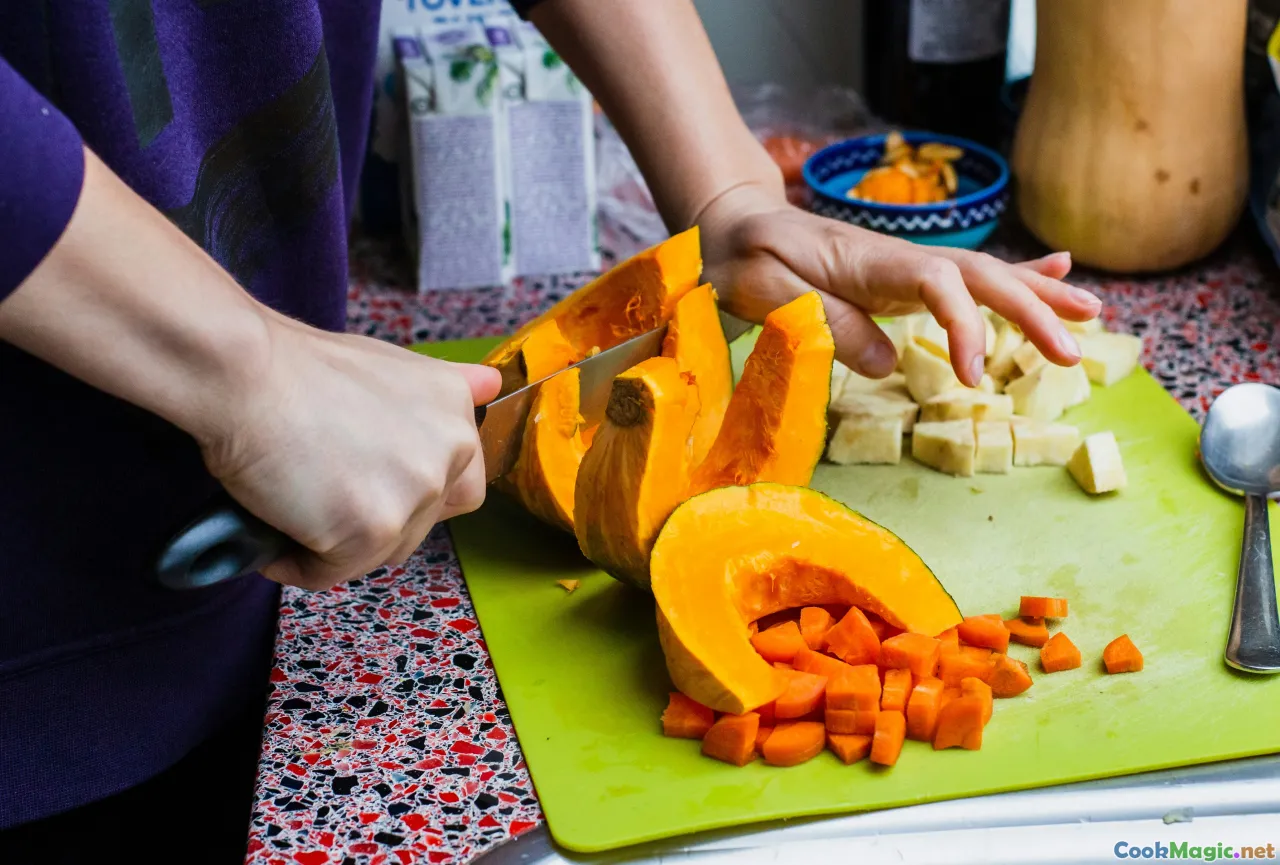
Once your broth is rich and flavorful, it’s time to add the hearty vegetables.
Preparing the Pumpkin
Choose a ripe, firm pumpkin or calabaza. Peel and chop into cubes—aim for about 1-inch pieces. Pumpkin naturally sweetens the broth and gives it that signature orange hue.
Adding Vegetables
- Potatoes and carrots: peeled and diced, they add texture and sweetness.
- Green beans: trimmed, for a burst of freshness and color.
- Cabbage: roughly chopped, it wilts down during simmering, adding depth.
Add these vegetables in stages—sturdy root vegetables first, then softer ones—to ensure even cooking.
Creating the Flavorful, Spicy Broth

Spices are the heart of Joumou’s distinctive flavor.
- Scotch bonnet peppers: handle with care—use gloves if necessary—and pierce them slightly to release their fiery oils.
- Herbs: tie thyme, allspice berries, and cloves in a cheesecloth bundle for easy removal.
- Seasoning: taste and adjust salt levels, but remember, the broth should be flavorful, not overpowering.
Allow the soup to simmer uncovered for about an hour after adding the vegetables, so flavors meld and the broth thickens slightly.
Finishing the Soup
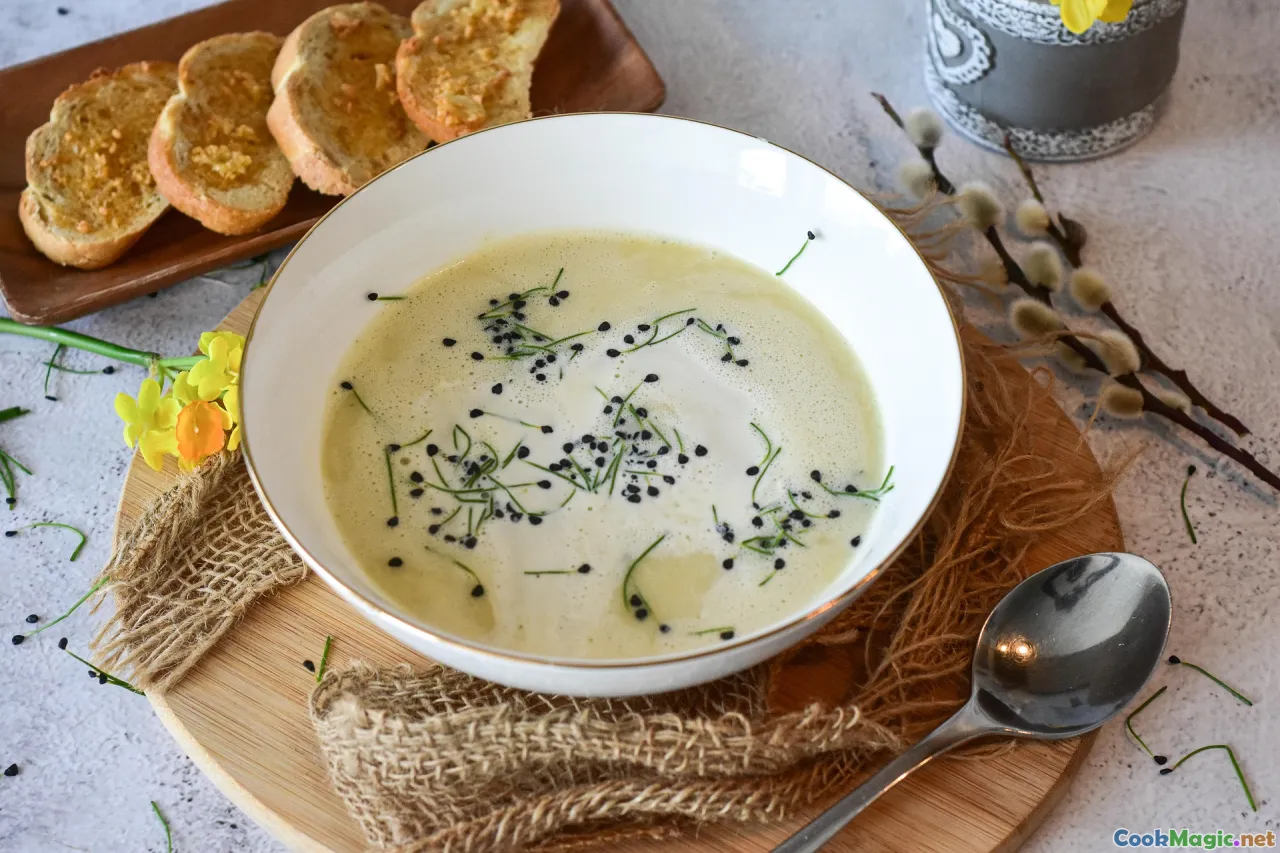
The final step is to add green cabbage and possibly a splash of lime or vinegar to brighten the flavors.
- Cabbage: stir in towards the end, simmering a few additional minutes.
- Taste and Adjust: ensure the soup is well-seasoned—balancing heat, sweetness, and acidity.
- Garnish: chopped scallions, peanuts, or a splash of Haitian maggi (seasoning cube) can amplify flavors.
Serve Joumou hot, ideally with crusty Haitian bread or pikliz—a spicy pickled vegetable condiment that elevates every spoonful.
Tips for an Authentic Touch

- Patience is key: slow simmering develops depth. Don't rush this process.
- Use pre-soaked dried herbs for intensity: authentic Haitian spice blends add layers.
- Don’t skip the pumpkin: its sweetness balances the heat and acidity.
- Experiment with heat levels: scotch bonnet peppers are potent; remove seeds if milder heat is desired.
Personal Insights & Heritage Memories

Cooking Joumou is deeply personal for many Haitians, often invoking memories of independence celebrations, family gatherings, and ancestral stories told over steaming bowls of soup. I recall my grandmother’s gentle hands as she carefully peeled the pumpkin, her tales of Haitian history intertwining with each herb she added, filling the kitchen with warmth and pride.
Preparing this soup is an act of love—a bridge across generations—each spoonful embodying the resilience, hope, and unbreakable spirit of an island nation.
Immerse yourself fully in this culinary experience. Feel the textures, inhale the rich, spicy aroma, and savor each hearty sip. Haitian Joumou isn't just a dish; it's a testament to freedom, a celebration of life, and an invitation to taste a story worth telling again and again.
May your journey into Haitian cuisine be flavor-filled and soul-stirring, honoring traditions and creating new memories with each bowl.
Bon appétit, or as Haitians say, 'Bon gou!'









